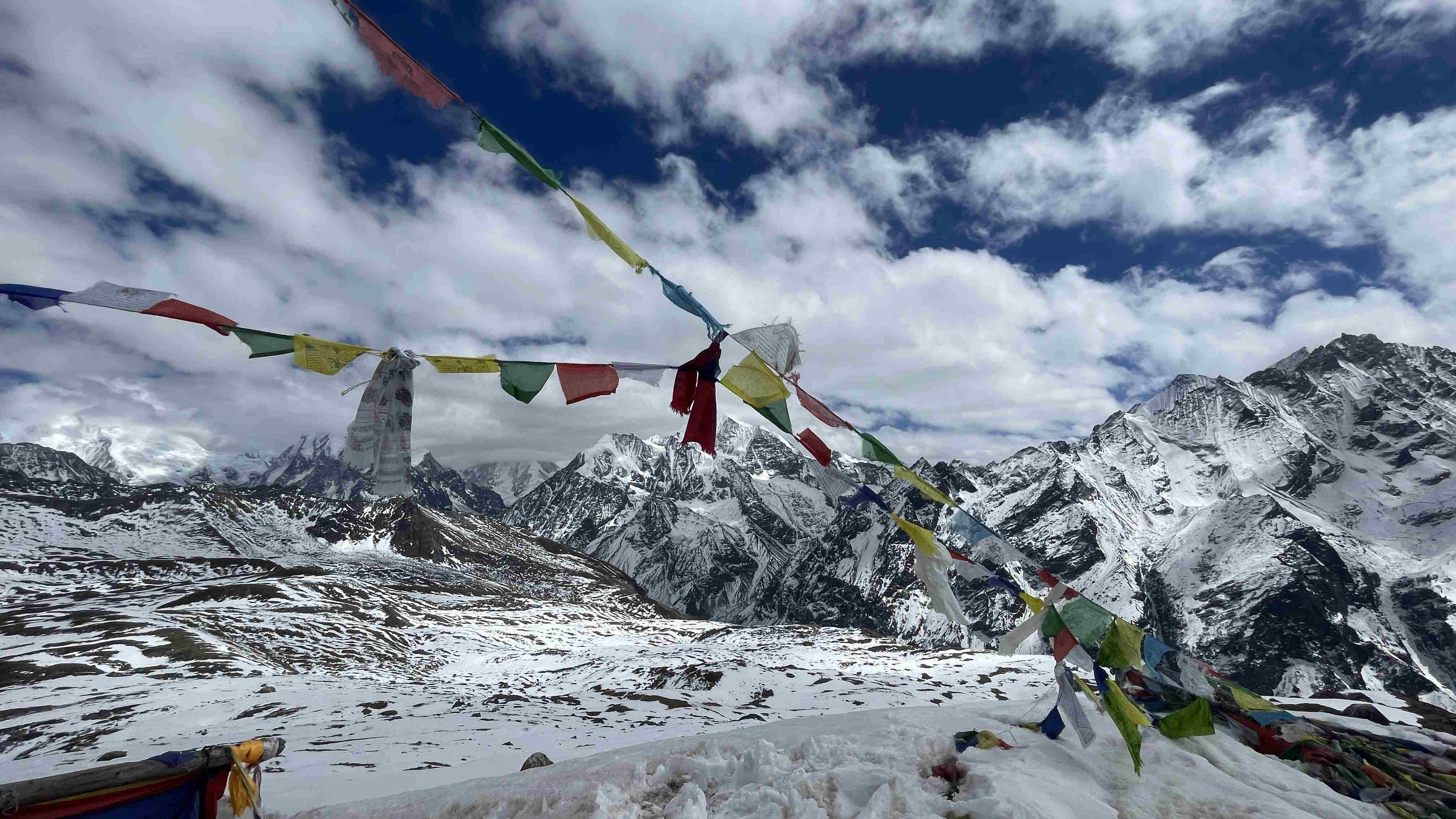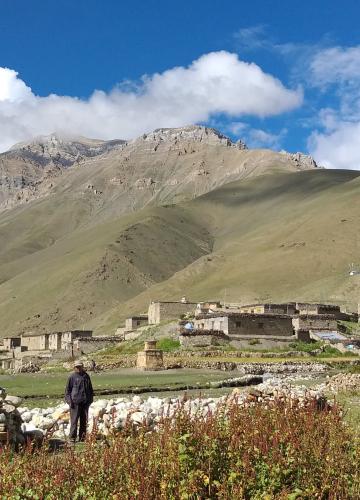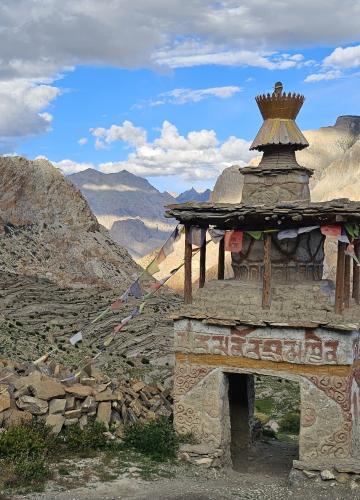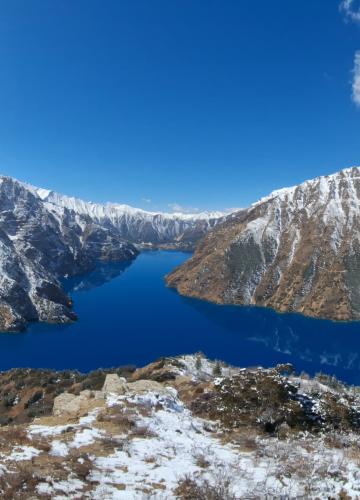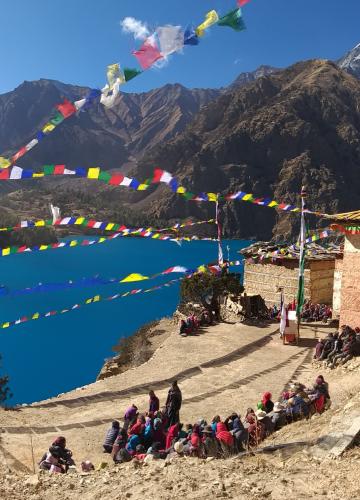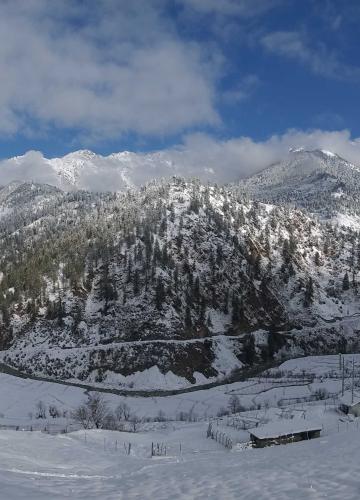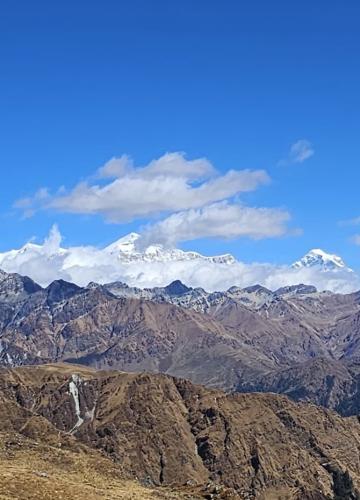The Langtang trek is famous in Nepal for its stunning natural beauty, diverse landscapes, and unique cultural experiences. Trekkers are drawn to the region for its panoramic views of snow-capped mountains, lush forests, and picturesque villages inhabited by Tamang and Sherpa communities. The trek offers a more remote and less crowded alternative to popular routes like Everest Base Camp and Annapurna Circuit, making it an attractive option for those seeking a quieter and more authentic Himalayan experience.
Additionally, the Langtang trek is known for its relatively moderate difficulty level, making it accessible to a wide range of trekkers, from beginners to experienced hikers. Overall, its combination of natural beauty, cultural richness, and accessibility has made the Langtang trek a beloved destination for adventurers visiting Nepal.
